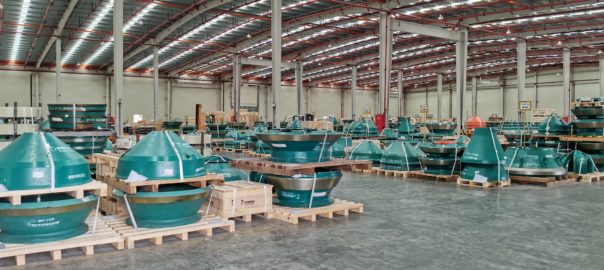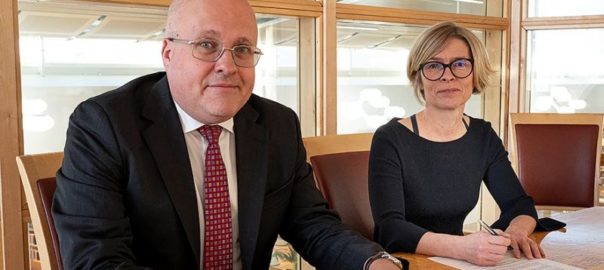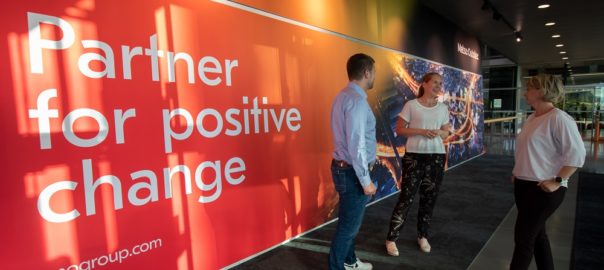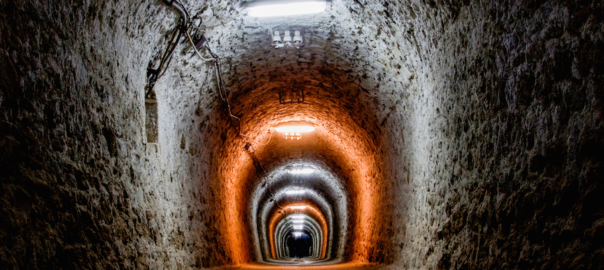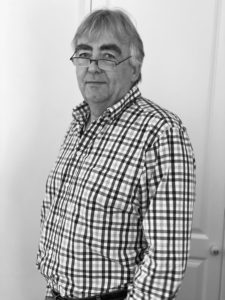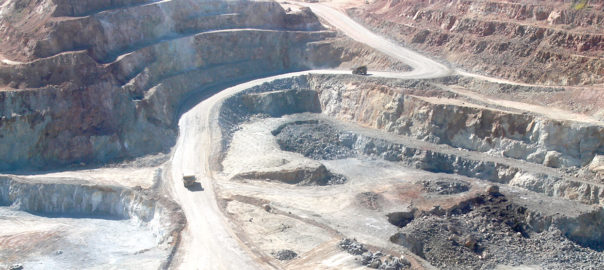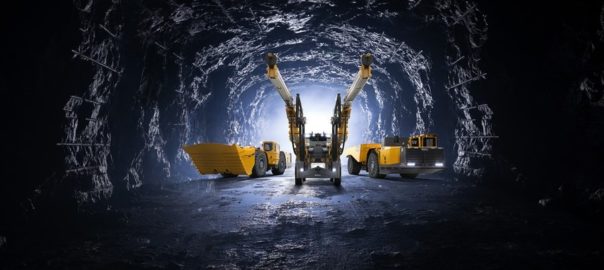Metso Outotec says it is proceeding with its program to consolidate its warehouse locations and transportation processes for spare parts, wear parts and related services globally, targeting increased availability, improved customer service and reduced CO2 emissions.
The optimisation of logistics is included in the company’s €120 million ($146 million) cost synergy target, accounting for more than €20 million of this amount.
The combined Metso Outotec network has covered more than 40 distribution centers. Once the network is optimised, the company will have 18 warehouses or distribution centres located in all main customer markets, it says.
The new operating model is using strong partners who have recognised global capabilities in providing competitive warehouse services, Metso Outotec added.
Consolidation work in Asia, Africa, China and Europe will be concluded in the near future, the company says. Metso Outotec already announced that warehouse operations in Finland will be consolidated and outsourced, and a new warehouse will be established in Helsinki. Simultaneously, the current spare and wear parts warehouse in Tampere will be closed.
The new model will be fully implemented by the end of the first half of 2021, it says.
Jarkko Aro, Senior Vice President of Customer Logistics at Metso Outotec, said: “Our target is to enable world-class logistics with easily scalable operations. Flexible, state-of-the-art warehouse operations will allow orders to be collected and dispatched to customers directly from central warehouses. The new model enables considerable savings in the end-to-end freight costs, streamlines transportation, and significantly reduces CO2 emissions.”
Aro added: “By the end of the third (September) quarter of 2020, we already achieved a 7% reduction of CO2 emissions in our logistics compared to 2019. We are extremely happy to be at the forefront with our CO2 reduction targets.”
Metso Outotec has announced it is targeting a net positive impact on the planet with a commitment to the 1.5 °C journey. This will be implemented through a sustainable offering, innovations and actions, and be measured by Science Based Targets aiming at a 50% reduction of emissions in its own operations by 2030, compared with 2019, and a 20% reduction of logistics emissions by 2025.







